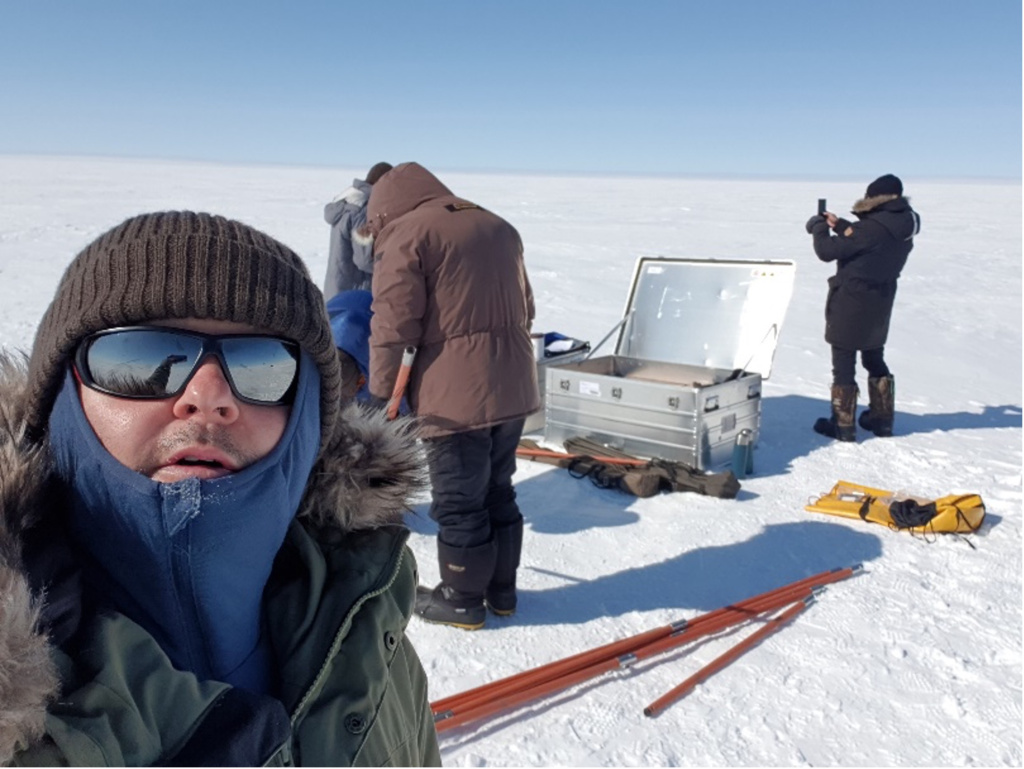22-EPN3-037: Alteration and Element Mass Transfer from Source to Sink in Planetary Crusts
Virtual visit by Astrid Holzheid (Kiel University, Germany) to TA2 Facility 23 – Open University Flow Through Simulation Chambers (UK).
Dates of visit: 19-23 February 2024
Report Summary: Sound knowledge of the processes and conditions that drive hydrothermal systems is one of the prerequisites to understand not only the geological, geochemical, and geophysical evolution of our planet and other terrestrial planets, especially Mars, but also to shed light on the origin and early evolution of life since hydrothermal systems can be hospitable to certain life forms.
The use of the unique experimental set-ups of the reaction chambers at Open University allows determination of the mass transport of dissolved metals with either continuous sampling of the fluid or recirculation the fluid with built-in Ti gaze as precipitation traps. We used this set up to better understand environmental conditions during active hydrothermal alteration.
The source rocks of the experiments were fresh basalts from the Indian ocean ridge that served as analogue material to the Martian surface. The fluid was Indian ocean seawater sampled 100m above seafloor.
We observed precipitation of minerals like Ca-sulphates, NaCl, FeOOH and Fe-Mg-Na-containing clay minerals, but also native Ta and Fe-Ni-Cr alloy. While the ions of the mineral phases originated from leaching of the basalt, the metals might have come from the stainless-steel tube that served as container of the Ti gaze.
Based on the newly formed minerals, the pH – redox state – conditions can be deduced. This information is a prerequisite together with the cations enriched in the post-run fluid phase to allow geochemical reaction-path modelling which will be the next step after the post-run fluids are analysed at Kiel University.



